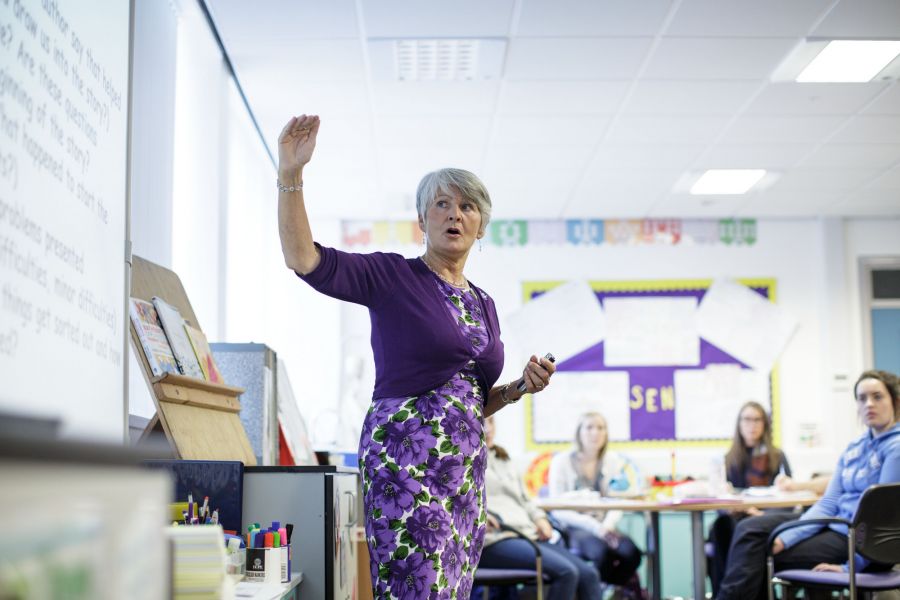Page content
School is a significant part of any child’s life. When a child has a visual impairment, there are many things that can be thought of and adjusted at school to facilitate the best learning environment for the child.
Every child with a visual problem should have the support of a Vision Support teacher. They visit the child at school and can give specific advice to teachers, classroom assistants and other therapists working with the child.
Each eye problem may have different implications with respect to what is important for the child, but here is a checklist of some things to think about in the classroom:
- What size of print is appropriate for the child?
- Where is the best place for the child to sit in the classroom? For example, is it best to be close to the blackboard, positioned to one side or with their back to the window?
- What level of lighting is necessary for the child?
- Does the child wear glasses or use low vision aids or sloping boards?
- Does everyone understand when the child should be wearing their glasses or using their aid?
- If they wear glasses, are the glasses clean and fitting the child appropriately?
- Are there any restrictions to their visual field?
- Does the child have vision in both or only one eye?
- Does the child display any eye dominance or preference?
- What is the visual condition and what is the associated prognosis?
- What are the implications with respect to games or physical activities?
- Is there evidence of a colour vision problems?
- Does the child require any eye medication on a regular basis?
- Is there any evidence of additional impairments?

















